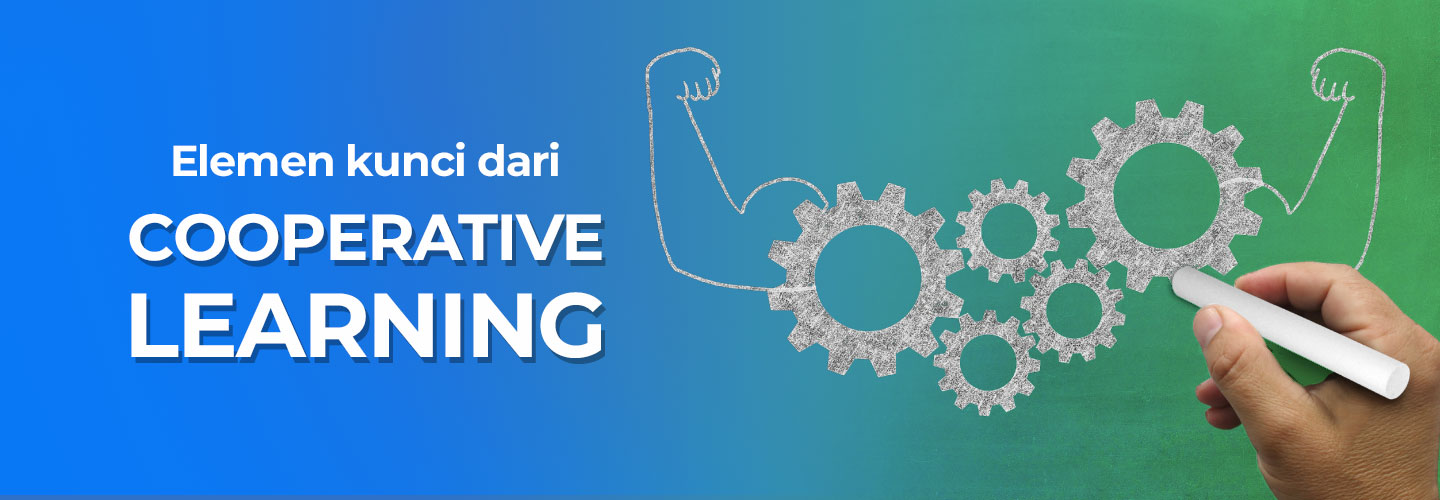Key Elements of Cooperative Learning in Companies

Collaboration is one of the main assets that a team must have. Not limited to a theoretical context, cooperation can also be reflected through elements of an educational approach that contribute greatly to team development in the workplace.
Cooperative learning methods will help you socialize with teammates. Learning something together allows you to spend more time with each other, understand different perspectives, and accommodate different work styles. This is an effective strategy for building team collaboration.
What is Cooperative Learning?
Cooperative learning is a method used in groups of participants and aims to increase experience and understanding of material.
Cooperative learning strategies use small group assignments and activities as learning experiences. Each member is responsible for learning new information and skills while helping their teammates learn.
Each team member will have the opportunity to participate and present ideas. If you are a manager facing a high-risk situation, apply cooperative learning strategies to mobilize the team. Each person is given tasks according to their abilities, while managers can supervise and help mitigate risks.
Cooperative Learning Elements
When carrying out cooperative learning, there are five basic elements that differentiate it from other types of group learning. To create cooperative learning, the following elements are needed.
1. Interdependence
A group achieves this element when all team members understand that they are moving together. This element of dependency can be interpreted positively in terms of dividing work, sharing materials, or allocating leadership roles.
Each member will determine the performance of the entire team. A person's contribution not only benefits the individual, but also all members of the group.
2. Individual and group accountability
Each team member is responsible for a fair amount of work to achieve the group's goals. There is an assessment of each individual and group performance when receiving feedback. Groups are also responsible for achieving targets set by an organization.
3. Interpersonal skills
A team working to achieve a goal requires complex skills. However, it is important to ensure that all team members contribute to the following capabilities.
- Decision-making
- Conflict management
- Leadership
- Responsibility
- Effective communication
- Build trust
When a team continues to develop these skills, the collaboration process between them will be smoother and more efficient.
4. Face-to-face interaction
Face to face is one of the intermediary ways of learning. This reduces a person's distance or position in an organization. When they come together, opportunities will arise to provide support, praise, encouragement, and help each other.
Not only a form of appreciation, team members can also provide verbal explanations about how to solve problems and challenges to achieve common goals.
5. Group processing
Team members should meet regularly and discuss the amount of progress they can make in achieving their goals. Discussing how to maintain effective working relationships is also no less important and must be evaluated continuously.
There is a need for each member to communicate freely and express concerns and praise achievements. This will also help members make decisions on issues that require opinions from other team members.
Cooperative learning can be done through various forms of effective training such as debate, community, or cross-divisional problem solving. These things can be trained through the Corporate Program according to the context and system that is in line with the organization's strategy.